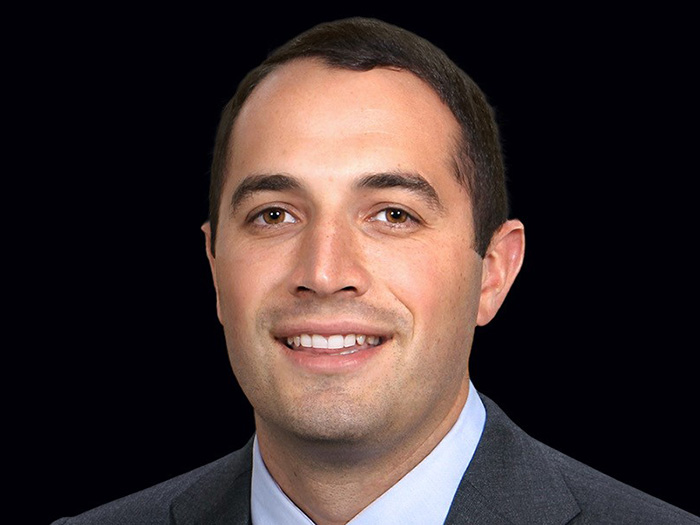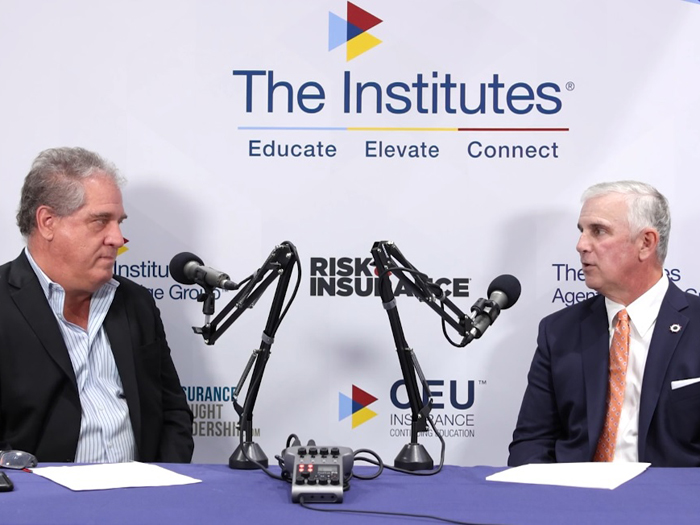The Answers to Five Questions on Opioid Litigation Settlement Trends

The opioid epidemic that has gripped the U.S. for the past two decades has worsened over the previous 12 months, and drugs manufacturers and distributors are being hit with a wave of lawsuits.
As many cases are reaching settlements, including CVS and Walmart’s $147 million settlement with the State of West Virginia, so these companies are increasingly turning to insurers for coverage. This has raised questions about what insurers’ obligations are.
Ken Frenchman, managing partner at Cohen Ziffer Frenchman & McKenna, discusses the five key opioid litigation trends impacting insurance coverage.
Risk & Insurance: What type of claim is the most common, and what impact is this having on insurance coverage?
Ken Frenchman: The opioid lawsuits make all sorts of claims and have been packaged in many different ways.
The majority of these are filed by counties or cities and seek to hold defendants liable for the costs those local governments have had to bear or will have to bear arising out of the opioid epidemic, such as the expense of responding to overdoses, treating addiction, the criminal investigation and prosecution of opioid-related offenses, and childcare for children displaced by opioid addiction.
The lawsuits assert causes of action for public nuisance, negligence, fraud, conspiracy, and violations of state and federal statutes, including the Racketeer Influenced and Corrupt Organizations Act.
The main threshold issue for coverage is whether the claims allege “bodily injury” in order to trigger coverage. While the claims allege the individuals have suffered various forms of bodily injury caused by opioid abuse — death, disease, addiction, other injuries requiring medical care — insurers argue that, because the claims are brought mostly by government entities, those entities have not suffered bodily injury; they are only seeking economic relief for the costs imposed on them by the bodily injuries of others who are not plaintiffs.
However, most policies have broad language that does not require the bodily injury to be sustained by the plaintiff; instead, they need only to allege damages “because of bodily injury.”
The insurers also tend to argue that the claims do not arise from an “occurrence” or accident, but rather are due to intentional conduct. The negligence, public nuisance and other claims that do not include an element of intentionality are important to counter this argument.
R&I: What are you seeing in terms of frequency and severity of claims, and what effect is this having on coverage?
KF: The frequency of these claims is noteworthy: After the initial government entities filed litigation, more and more have followed suit, with many copying and pasting allegations from actions brought by other government entities.
This leaves policyholders involved in opioid manufacturing or distribution with exposure in every part of the country in which they do business, and for policyholders with nationwide operations such as pharmacies or retailers with pharmacies, that exposure can be huge.
The primary effect this significant exposure has on coverage is that insurers have closed ranks and denied these claims across the board, trying to take their best shot to avoid the exposure altogether.
Settlement amounts and judgments can and have reached into the hundreds of millions of dollars. For insurance coverage, once the coverage threshold is met, there are still important issues such as whether the underlying allegations constitute a single or multiple occurrences under the applicable state laws and the policies at issue.
Another issue is how any such settlements and judgments are allocated among policy years. These issues will also have a major impact on the available coverage.
R&I: What about the type and size of companies being targeted and the impact on insurance?
KF: There are approximately 15 large companies that are consistent defendants in the opioid lawsuits. Revenues for these companies span from $1 billion to hundreds of billions per year, and they include pharmaceutical manufacturers, distributors and retailers.
These are large policyholders with sophisticated risk management departments. They have purchased significant insurance coverage for decades, including the decades during which the opioid epidemic has taken root and its effects have been felt.
The size of the policyholders and the limits have resulted in both insurers and policyholders devoting significant resources to the prosecution and defense of these claims, as well as creating insurance coverage issues such as allocation of defense and indemnity costs incurred across multiple successive policy periods.
R&I: Have any precedents been set by these recent cases, and how has this affected coverage?
KF: Opioid lawsuits in federal court have been consolidated into a multi-district litigation (MDL) in the Northern District of Ohio over the last several years.
Recently, the Judicial Panel on MDL found that, in the opioid lawsuits, common discovery has largely been completed, several bellwether trials have been prepared and a bellwether remand process has been established.
On the coverage side, there have been many decisions and they will continue. The cases have gone both for and against policyholders. The key opioid coverage decisions at the appellate level are as follows:
- Cincinnati Insurance Co. v. H.D. Smith, L.L.C., 829 F. 3d 771 (7th Cir. 2016) (holding insurer owed duty to defend)
- Because “of bodily injury” is broader than “for bodily injury”
- Damages sought by government entities are covered despite insurer characterization as only economic
- Liberty Mutual Fire Insurance Co. v. JM Smith Corp., 602 F. App’x 115 (4th Cir. 2015) (holding insurer owed duty to defend)
- Allegations of intentional conduct in distributing opioids did not prevent finding that underlying actions alleged accident and therefore occurrence
- Acuity v. Masters Pharm. Inc., — N.E.3d —, 2022 WL 4086449, at *1 (Ohio Sept. 7, 2022) (holding no duty to defend)
- No difference in Ohio between because “of bodily injury” and “for bodily injury”
- Underlying allegations not tied to any particular bodily injury do not trigger coverage
- ACE American Insurance Co. v. Rite Aid Corp., 270 A.3d 239 (Del. Jan. 10, 2022) (holding no duty to defend because “claims are ‘not based on’ the injuries of others”)
- “For bodily injury” only covers claims asserted by injured person, person recovering on behalf of injured person or those who treat the injured person
- Relied on allegations expressly disclaiming personal injury damages and found those indicated no coverage here
We are still at the beginning of the coverage fight; I believe there will be opioid coverage litigation around the country for years to come.
R&I: What impact is the ongoing opioid crisis likely to have on insurance coverage if these lawsuits continue to escalate?
KF: For years, the insurance industry has been collecting premiums and providing limits knowing that catastrophic liabilities would eventually hit.
The insurers are prepared for this hit, but nevertheless follow the same playbook as always and generally try to exploit the situation.
They deny the claims, seek to minimize the exposure to the extent they cannot completely eliminate their liability and use the catastrophe as an excuse to increase premiums due to their exposure, even though they are denying any liability to their policyholders and the courts alike.
On the underwriting side, once the insurers realize the exposure is out there, they begin incorporating exclusions to eliminate the exposure going forward (even though they argue that the old policies issued without the exclusions don’t provide coverage). This has happened with the opioid epidemic, as general liability insurers have started to include opioids and narcotics exclusions.
These exclusions apply specifically to allegations of violations of or nonconformance with the Controlled Substance Act, as well as damages arising out of the alleged diversion of opioids or failure to maintain sufficient controls to prevent or report the diversion of opioids.
This means that defendants whose later policies include such exclusions may have to look to earlier policies in their general liability programs for potential coverage for the opioid lawsuits. &











